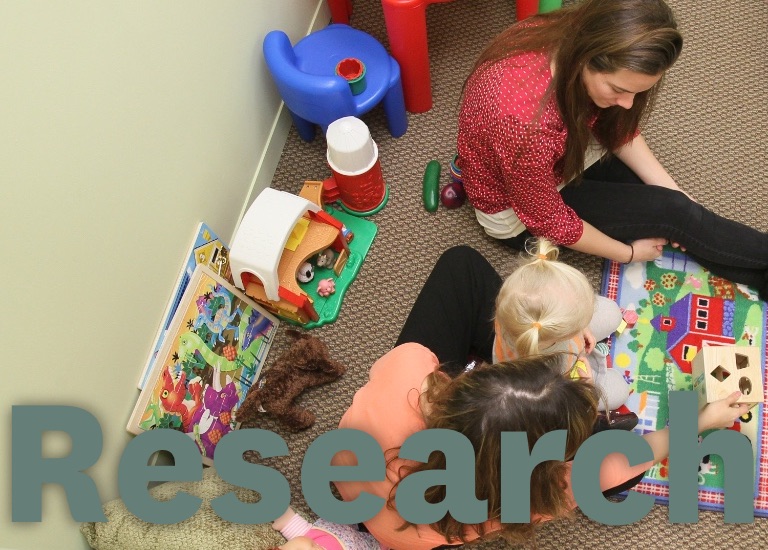Sensory Adapted Dental Environments to Enhance Oral Care for Children with and without Dental Fear and Anxiety
Principal Investigator: Leah Stein Duker PhD, OTR/L
Co-Investigator: John Sideris PhD; Sharon Cermak EdD, OTR/L, FAOTA ; José Polido (Children's Hospital Los Angeles and Ostrow School of Dentistry of USC); Cynthia Gong (Children's Hospital Los Angeles and Keck School of Medicine of USC); Alan Nager (Children's Hospital Los Angeles and Keck School of Medicine of USC)
Period
Apr 2022 – Mar 2029
Total funding
$5,538,460 (anticipated)
Dental fear and anxiety (DFA) characterizes up to 42% of the pediatric population and predicts negative behaviors in the dental clinic, irregular appointment attendance, need for general anesthesia, and poor oral health. Sensory over-responsivity (SOR), which occurs in up to 33% of the pediatric population, is a likely contributor to DFA and may also occur independently from DFA. In the dental clinic, children with SOR may exhibit behavioral overreactions to lights, sounds, touch, and other sensory stimuli, leading to disruptive behaviors akin to those associated with DFA. This project will test the Sensory Adapted Dental Environment (SADE), a novel intervention which provides soothing visual, auditory, and tactile input to reduce children’s anxiety or fear during dental treatment. In our previous NIDCR-funded R34 study, SADE reduced physiological anxiety and behavioral distress in both children with autism and typically developing children. Because SADE utilizes sensory modifications as its key active ingredient, it complements – and could be combined with – anxiety-reducing strategies such as modeling, a strategy based on social observation and imitation.
Research participants will be 312 ethnically diverse children aged 6-12 years, 156 with DFA and 156 without. Using a randomized counterbalanced study design, each child will undergo two dental cleanings 4-6 months apart in two of four conditions: SADE in conjunction with video-based modeling (SADE-VBM), SADE alone (SADE), video-based modeling alone (VBM), and a regular dental environment (RDE).
As acceptability and feasibility of the SADE intervention and procedures have been established in our pilot work, in our UG3 planning phase we will assess only the three new elements of the proposed study – content and delivery of VBM videos, use of a weighted blanket, and recruitment techniques in new settings.
In the UH3 phase, the specific aims are to conduct a randomized clinical trial to: test SADE-VBM, SADE, VBM, and RDE’s relative effects on physiological anxiety and behavioral distress during dental cleaning, as well as on secondary outcomes (Aim 1); assess whether physiological anxiety mediates each interventions’ effect on behavioral distress, and if DFA and SOR moderate intervention effects on physiological anxiety and behavioral distress (Aim 2); and conduct exploratory analyses to examine DFA and SOR’s unique and interactive contributions to overall levels of in-clinic physiological anxiety and behavioral distress, the intervention’s cost implications, and other methodological issues such as treatment sequencing effects (Aim 3).
This project is significant because it is the first full-scale RCT of a sensory adapted intervention to modify the dental environment for typically developing children. Completion of the study aims will enable refinement of the SADE-based approach to provide a simple, inexpensive, and highly scalable treatment model that we will later test in a multi-site effectiveness trial. Long-term project outcomes will have excellent potential to benefit countless children in the US who manifest disruptive anxiety reactions in the dental clinic.
Funding
| Type | Source | Number | Amount | Period |
|---|---|---|---|---|
| Federal | NIH / National Institute of Dental and Craniofacial Research (NIDCR) | UG3 DE031222 | $663,594 (anticipated) | Apr 2022 – Mar 2024 |
| Federal | NIH / National Institute of Dental and Craniofacial Research (NIDCR) | UH3 DE031222 | $4,874,866 (anticipated) | Apr 2024 – Mar 2029 |





